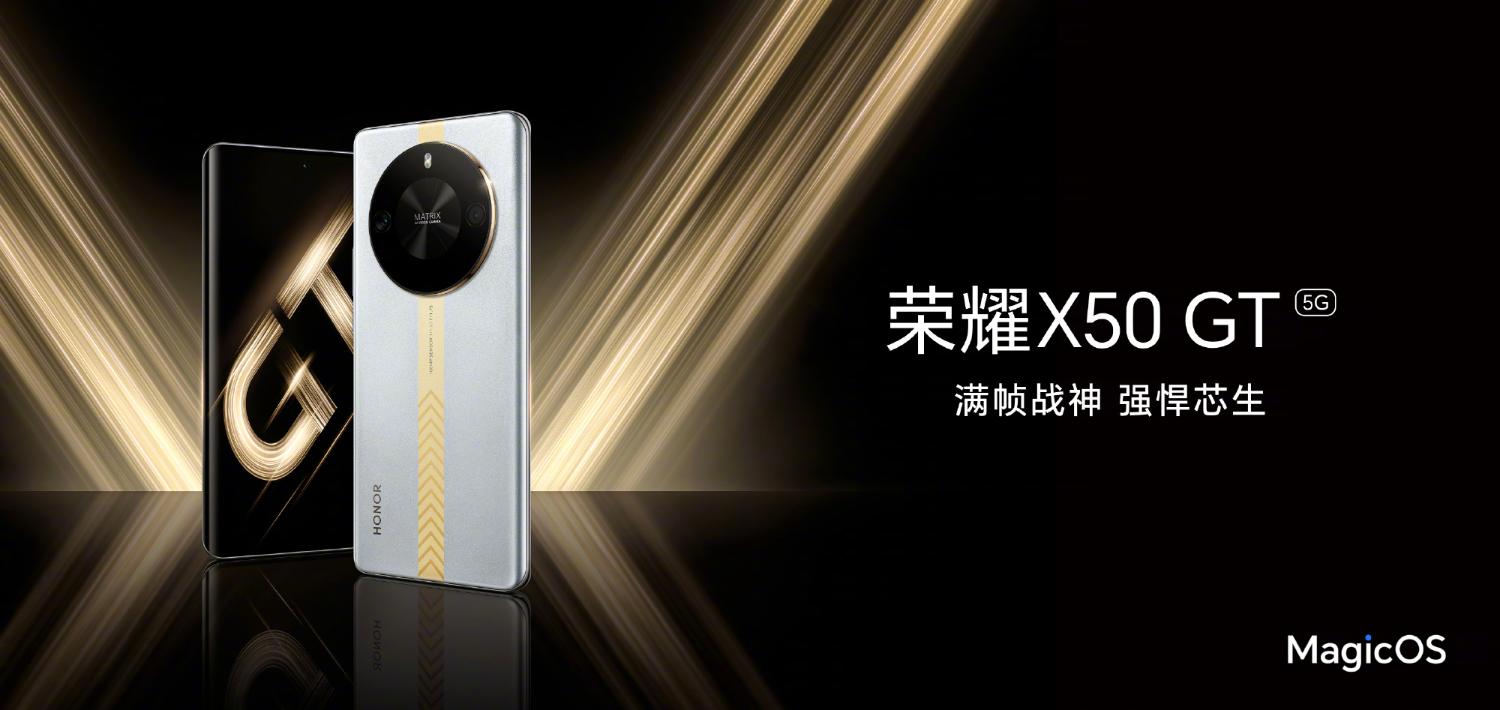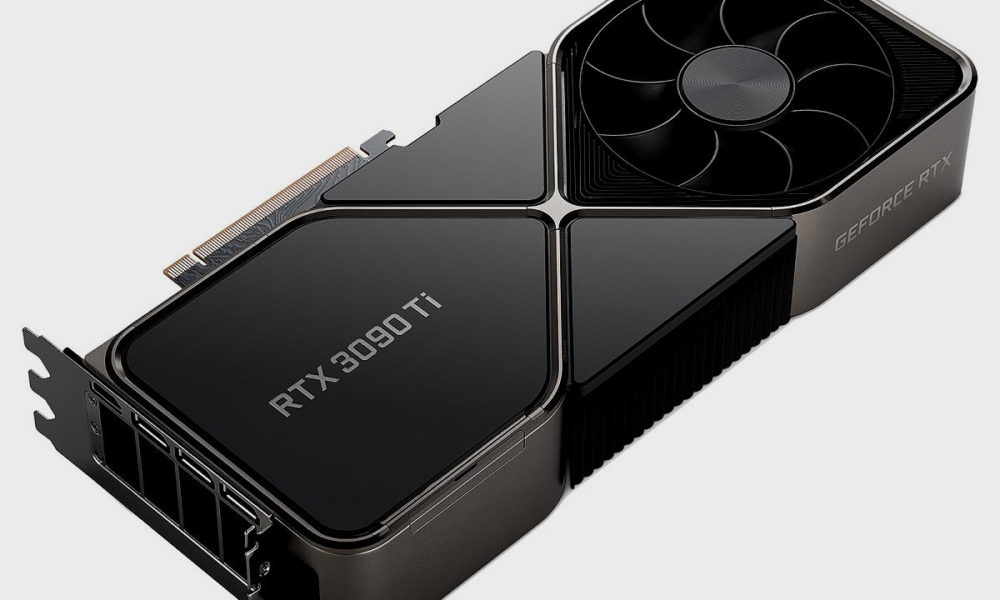ATHENA, a new electrospray propulsion system from ESA and IENAI Space, offers an innovative, scalable engine for small satellites, with the final product expected to be available next year.
A palm-sized engine option for future space missions: Etched onto this silicon wafer using micro- and nanotechnology, each of these seven emitter arrays contains more than 500 hole-sized emitters that spray ions accelerated by an electrostatic field to maximize thrust.
Electrospray technology: A breakthrough for CubeSats
This inherently scalable “electrospray” technology is being developed as a cost-effective method of powering CubeSats and other small satellites. For the first time in Europe, this ion-liquid powered electrospray system achieved over 400 hours of continuous operation.
“Everyone knows ‘space is hard’, but we like to say ‘propulsion is harder’,” comments Daniel Pérez Grande, CEO and co-founder of IENAI Space in Spain, which develops technology for ESA. “Developing the new technology we created from scratch was no easy task, but we are confident that our engines will stand out in the market with their incredible performance and customization options; and in fact, we have already been approached by many interested parties in the industry.”
ATHENA: Jump into the space engine
Known as ATHENA (Electrospray-based Adaptive Thruster powered by Nanotechnology), it is one of three systems currently being developed by ESA to use an electrospray engine in space. ATHENA relies on electrically conductive ionic liquid salts as fuel. This liquid flows through nano-textured conical emitters that are accelerated between the emitter and extractor operating at different electrical potentials. The interaction between the surface tension of the liquid and the applied electrostatic field creates the force that will move the satellite by producing ions that can be ejected at very high speeds (on the order of 20 km/s).
The advantage of ATHENA’s microscopic system is that thrust can be adjusted using non-toxic “green” fuels, without the need for pressurized tanks. And engines can be freely combined into groups as required; A total of six will fit on the 10 centimeter surface of a CubeSat unit. These devices can then be brought together in clusters to provide propulsion to satellites weighing up to 50 kg.
Future prospects and development
The project has now undergone preliminary design review and the final product is expected to be delivered by the end of next year. The development was supported through ESA’s General Technology Support Programme, which prepares innovative products and services for spaceflight and the open market.













